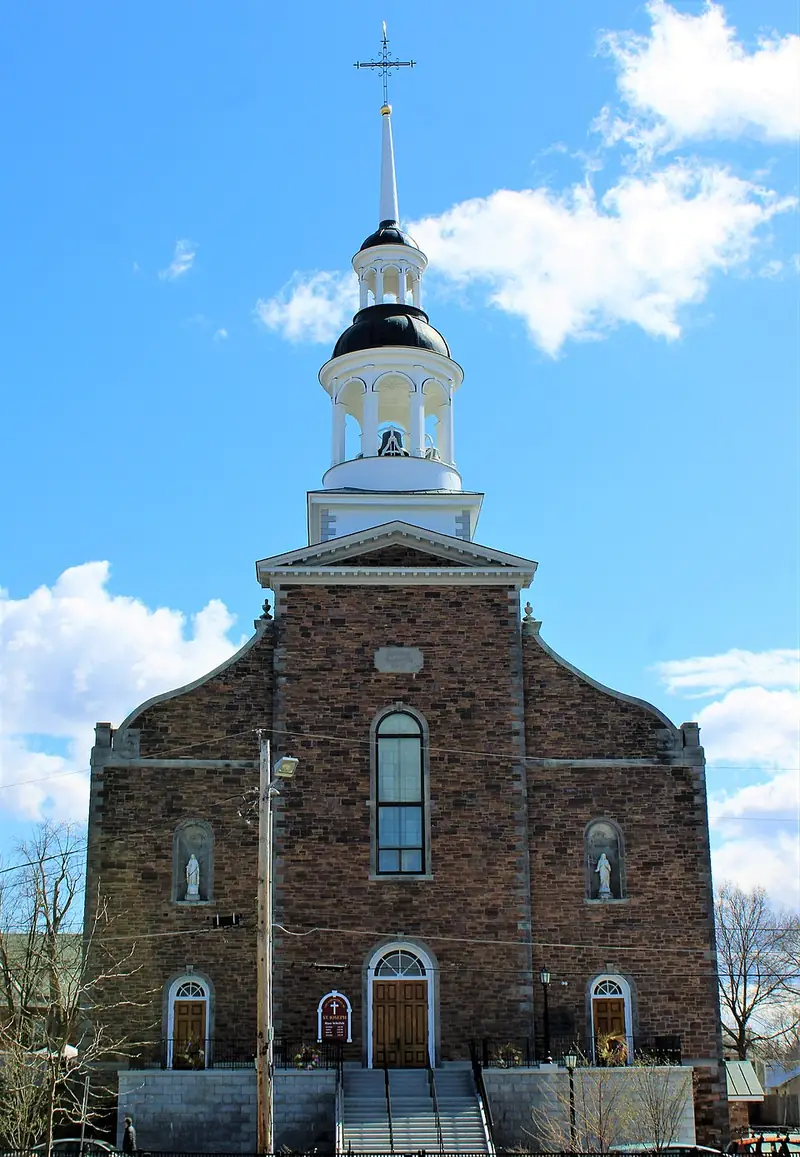Photo: The Cathedral of Saint Joseph in Burlington, Vermont; via Wikipedia.
One year after filing for bankruptcy, the Roman Catholic Diocese of Vermont is struggling to cover escalating legal bills tied to clergy sexual abuse claims, VTDigger reported today. Survivors of clergy sexual abuse are watching closely as millions that could go towards a compensation fund are instead being spent on defense legal fees.
The diocese sought Chapter 11 protection in September 2024 after paying $34.5 million to settle 67 misconduct lawsuits. But more than 100 claims remain unresolved, some dating back to the 1950s. Survivors say the bankruptcy process is prolonging justice while draining the pool of funds available to them.
Federal law requires institutions in bankruptcy to cover not only their own legal fees but also those of officially recognized creditors. For the Vermont Diocese, that means paying lawyers who represent survivors.
So far, the diocese has paid nearly $1.5 million in legal bills — almost five percent of its remaining assets. Survivors say this highlights a painful reality: every dollar spent on attorneys is one less dollar available for those harmed.
While firms representing both the diocese and the creditors committee have agreed to cap rates, charges of hundreds of dollars per hour add up quickly. Judge Heather Cooper has attempted to rein in expenses, but even modest cases can generate millions in fees, as seen in New York’s Diocese of Rockville Centre, which spent $70 million on legal costs before reaching a $323 million settlement.
Bishop John McDermott acknowledged in a letter to parishioners that the diocese has “exhausted its unrestricted investments.” To cope, staff hours at the Burlington headquarters have been cut, and operating costs are now being covered by parish taxes and an annual bishop’s appeal.
“We cannot guarantee any position at this time,” McDermott wrote, encouraging employees to consider outside employment.
Survivors and their attorneys are pressing for a transparent accounting of diocesan assets. Estimates suggest parishes across Vermont could collectively hold as much as $500 million in property value, in addition to $35 million in diocesan-level holdings.
Which assets the court ultimately deems available to compensate survivors will be a central issue as the case moves forward. For many, that decision will determine whether settlements are meaningful or merely symbolic.
The Vermont case underscores how dioceses across the country use bankruptcy to limit payouts. Survivors are forced into collective processes where claims are pooled, capped, and delayed. Legal fees, while eye-popping, are not the heart of the story — they are a symptom of a system that prioritizes institutional survival over survivor compensation.
For those watching from outside Vermont, the message is clear: bankruptcy does not erase the right to pursue justice, but it does shape how much survivors may ultimately receive.
Are You A Clergy Abuse Survivor?
Even if clergy abuse happened decades ago, it’s never too late to explore your legal rights. Survivors are pursuing lawsuits against dioceses across the country, even when priests are deceased or dioceses have filed for bankruptcy. Visit our Catholic Church Sexual Abuse Lawsuit Guide to learn how justice and compensation may still be possible.




